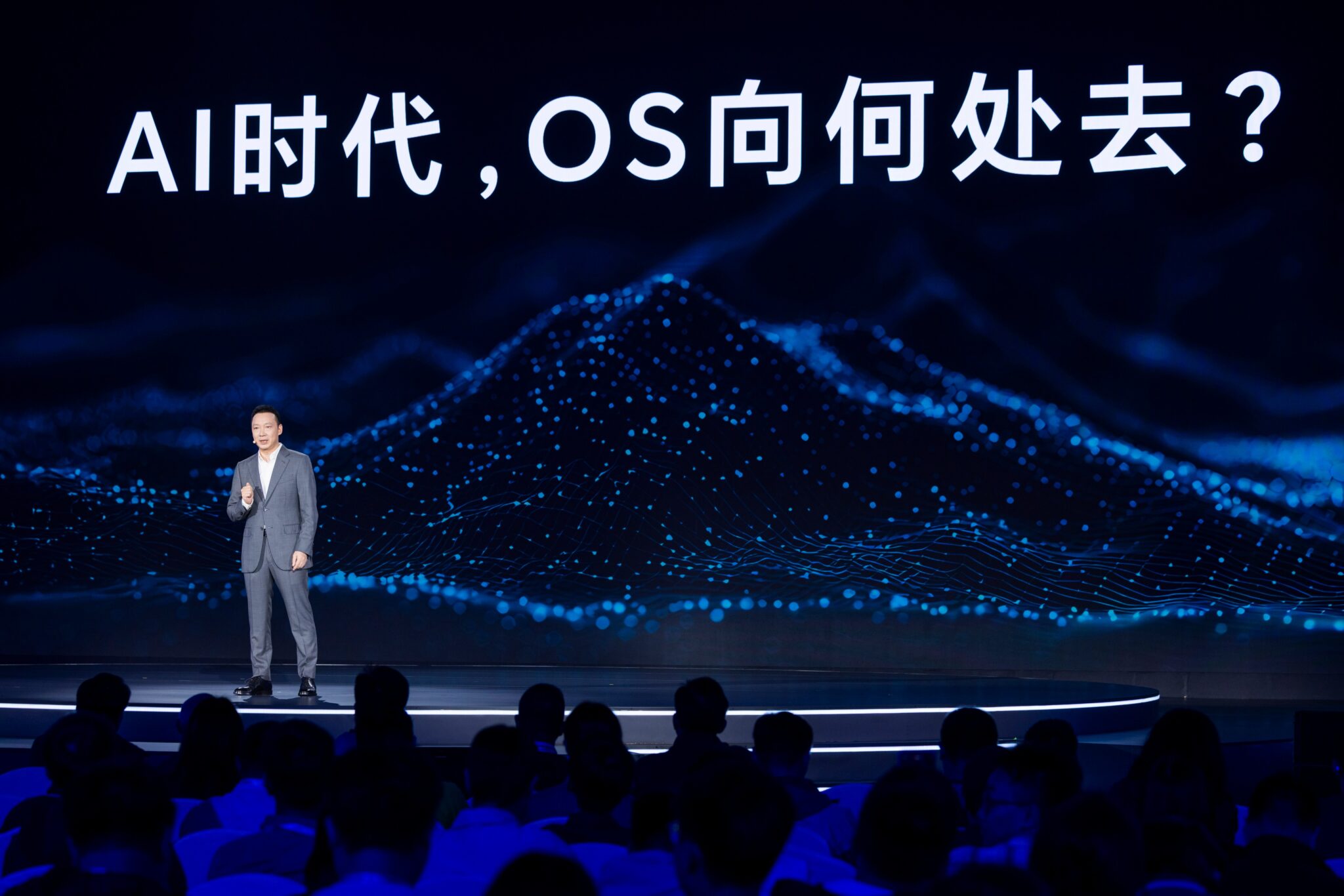Artificial Intelligence (AI) continues to shape the future of enterprise technology, organizations across industries are under mounting pressure to adopt and scale AI solutions that can drive tangible business outcomes. From automating repetitive tasks to forecasting demand and personalizing customer experiences, AI promises transformative potential. However, a recurring challenge has emerged in how enterprises approach the implementation of AI: the disconnect between AI products and AI services.
In the enterprise landscape, AI products and AI services represent two distinct but equally important dimensions. Products are typically pre-packaged solutions, offering well-defined capabilities that are deployable at scale. They are designed for rapid adoption, cost-efficiency, and operational reliability. Services, on the other hand, bring customization, flexibility, and depth. These involve human expertise, bespoke model development, domain-specific tuning, and continuous improvement tailored to the organization’s evolving needs.
The problem arises when enterprises treat AI products and services as separate, unrelated streams. In many cases, organizations deploy AI products in isolation, expecting them to deliver immediate transformation without accounting for the contextual integration and change management required to make them effective. Conversely, some enterprises invest heavily in custom AI services but overlook the foundational value and maturity that established AI products can bring. This fragmented approach not only limits the ROI on AI investments but also creates silos that hinder innovation, increase technical debt, and frustrate internal stakeholders.
This challenge is not merely operational—it is strategic. To realize the full potential of AI, enterprises must move toward a model that blends the strengths of products and services into a unified, coherent capability. This convergence requires more than technical alignment; it calls for a fundamental shift in how organizations assess their readiness, design their architectures, govern their projects, and structure their partnerships.
A critical first step in this journey is rethinking how AI initiatives are scoped and launched. Rather than beginning with a tool or vendor, organizations should begin with a clear understanding of their own capabilities and objectives. Assessing factors such as data maturity, process standardization, infrastructure flexibility, internal AI literacy, and organizational culture allows leaders to select the right mix of products and services for their specific context. For instance, enterprises with well-structured processes and clean, accessible data might benefit from product-led approaches that emphasize speed and scale. Meanwhile, organizations with complex workflows or industry-specific nuances may require service-driven strategies to tailor AI to their environment.
Once this foundation is established, architectural flexibility becomes essential. Enterprises need systems that allow AI products and services to co-exist and evolve together. This means embracing modular designs, API-first frameworks, and hybrid infrastructure models that support integration and scalability. The goal is not to build monolithic solutions but to create a flexible ecosystem where pre-built AI capabilities can be extended and customized through services as business needs evolve.
Governance plays a pivotal role in ensuring that this hybrid model works in practice. Too often, product deployments and service engagements are managed under separate governance frameworks, with different KPIs, timelines, and leadership accountability. This disconnect breeds inefficiency and misalignment. Instead, enterprises should design governance structures centered on outcomes. By measuring success based on business impact rather than technical completion, organizations can ensure that both product and service components are working in harmony toward a shared goal. This also encourages cross-functional ownership, which is crucial for driving adoption and embedding AI into everyday operations.
Equally important is the approach to partnerships. No single organization possesses all the expertise needed to develop, implement, and scale AI solutions in-house. Strategic collaborations with external partners—whether technology providers, system integrators, or domain specialists—can help accelerate maturity. However, these relationships must go beyond transactional engagements. The most effective partnerships emphasize co-creation, knowledge transfer, and joint problem-solving. They help enterprises avoid vendor lock-in while building internal capability and resilience.
The path to bridging the AI product-service gap is not linear, nor is it instantaneous. It unfolds progressively, typically beginning with foundational use cases where off-the-shelf AI products can deliver quick wins. Over time, organizations layer on service components to enhance these products with greater contextual awareness, domain expertise, and process integration. Eventually, the most mature enterprises reach a point where products and services are no longer distinct categories but components of a single AI fabric—adaptive, intelligent, and continuously improving.
At this stage, the boundaries dissolve. AI products become more configurable, enriched by service layers that embed organizational knowledge. AI services, in turn, leverage product platforms for scale and reliability. The result is an enterprise-wide AI capability that is greater than the sum of its parts—a living system that adapts to change, scales with demand, and delivers sustained competitive advantage.
Ultimately, the future of enterprise AI does not lie in choosing between products and services. It lies in crafting strategies that leverage the strengths of both, integrating them into a coherent whole. This is not just a best practice; it is a necessity in an era where agility, efficiency, and innovation define success. Enterprises that recognize this imperative and act on it will be best positioned to harness the full power of AI—not just as a technology, but as a transformative force for their business.




















